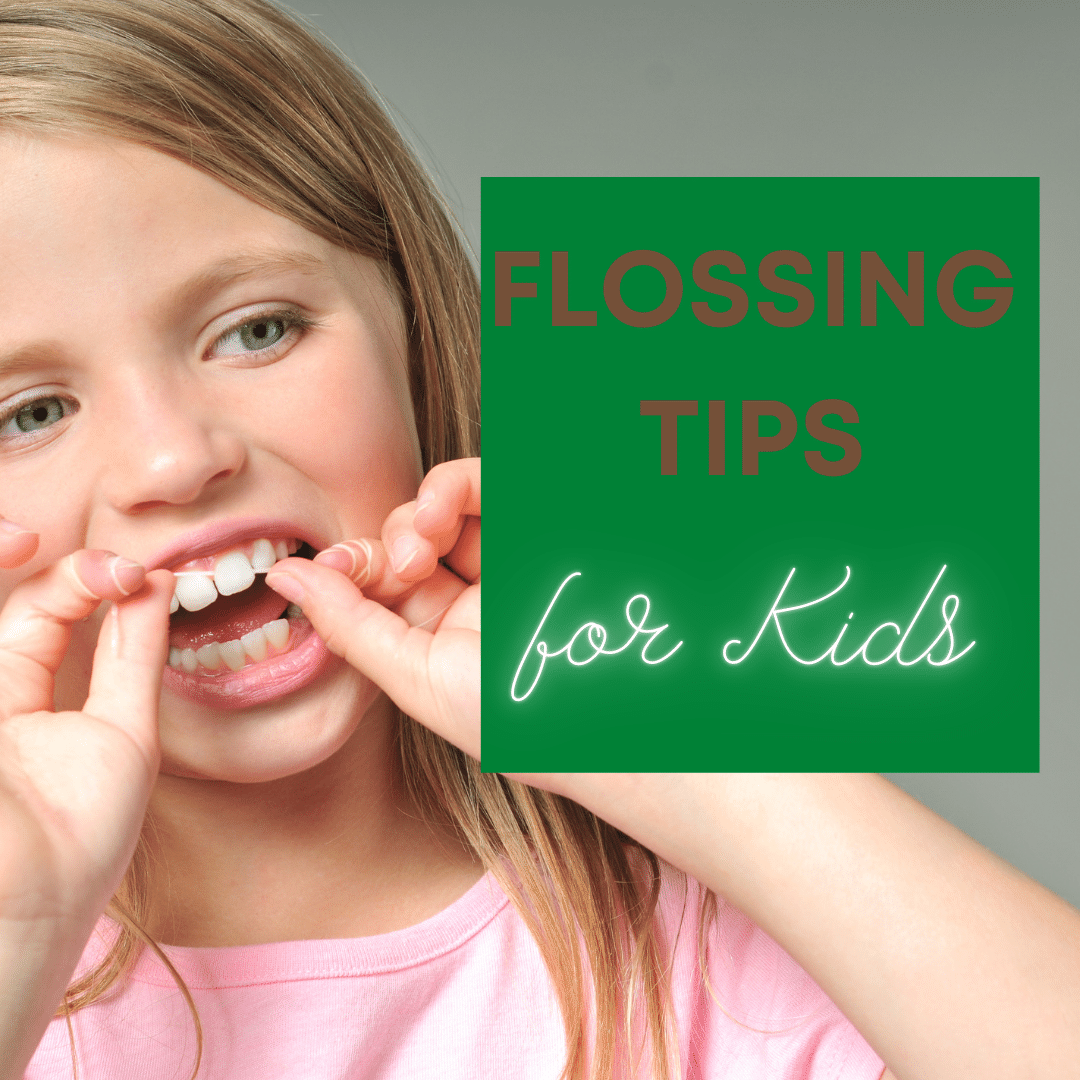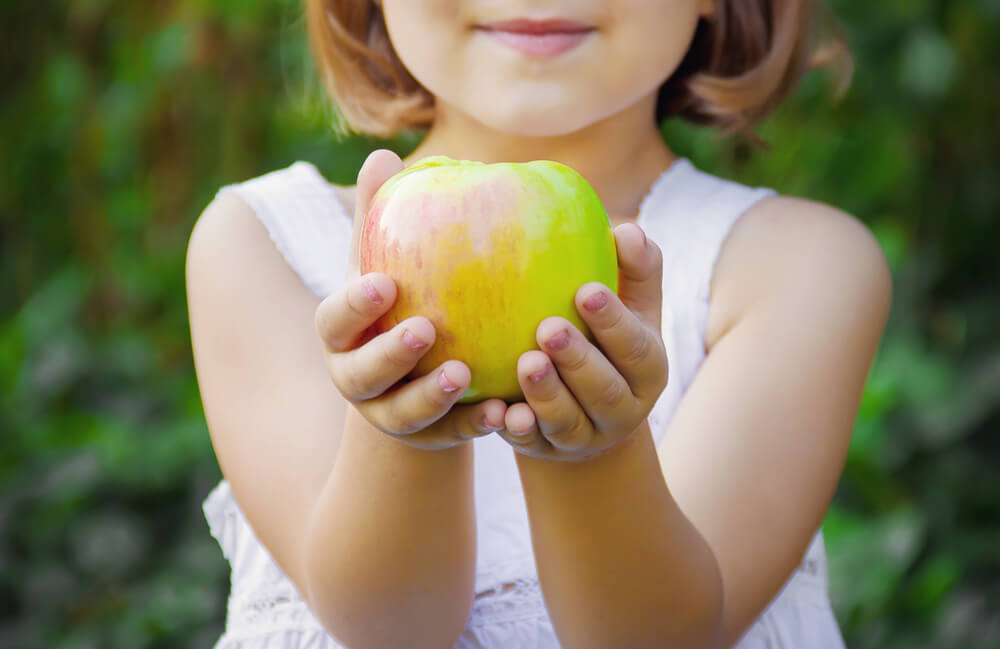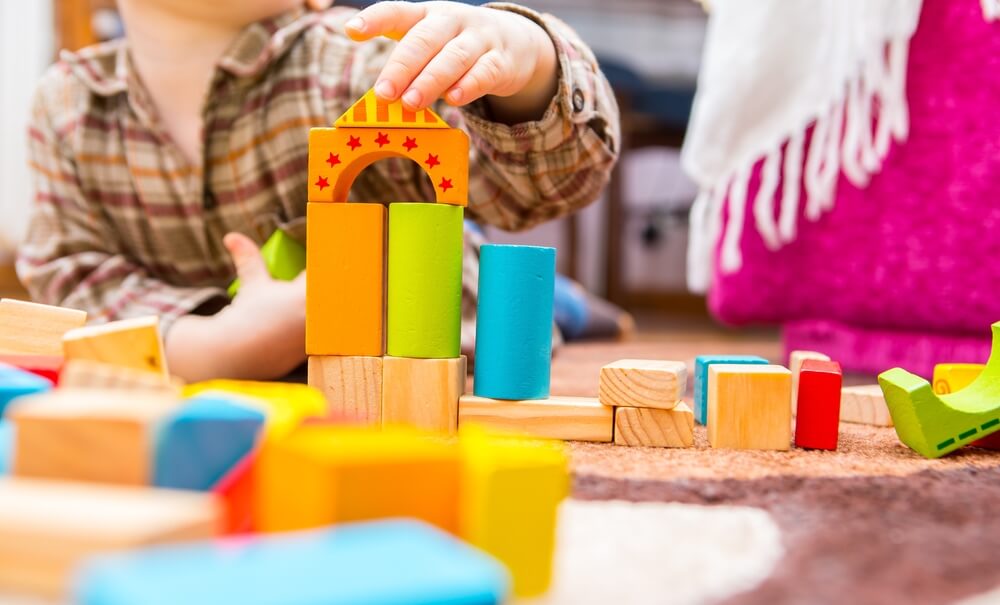It is hard enough getting your kids to brush their teeth twice a day, let alone floss. Still, the American Dental Association recommends brushing twice a day and flossing once a day to prevent dental problems like tooth decay and gum disease. Therefore, children should start flossing once they have at least two teeth that touch. In most cases, this means that should help your child start flossing around the age of 2 or 3. It is important to teach your child the importance of flossing so that they will continue to floss even when they are grown.
However, flossing can be difficult and frustrating for your child, which will make them less likely to want to continue the behavior. Luckily, there are a few strategies that you can use to make flossing a positive experience in order to entice your child to floss on their own. Here are some flossing tips for your child:
Floss Together
A recent study cited in US News found that only one third of adults floss daily, while the other two thirds were split into those who floss occasionally or not at all. Which category do you fall into? If you are a part of the first category, then flossing with your child should not be a problem. However, if you are part of the other two thirds, then you need to alter your dental hygiene routine. Flossing with your child allows them to learn by example, especially if you have them watch you first before flossing themselves. It is also helpful for you to be present in case your child is struggling with the floss. This is especially important for young children that will likely need help flossing until they get the hang of it.
Try Dental Floss Picks
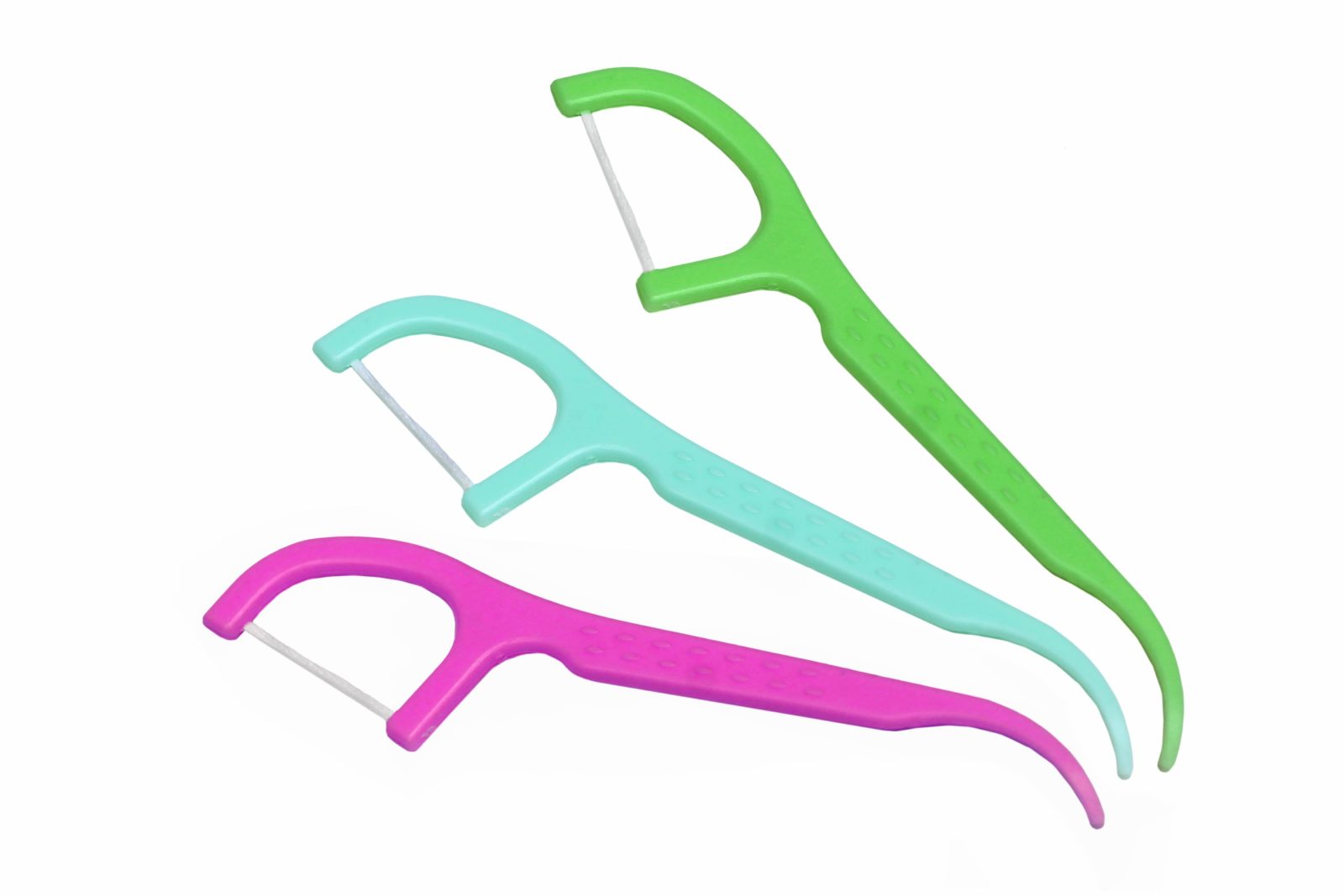
To prevent your child from getting tangled up in dental floss, you can try using dental floss picks that have a section of floss pre-strung. This also prevents your child from accidentally wasting feet of dental floss. Dental floss picks usually have a handle, which makes it easier for your child to maneuver the pick in between their teeth and along the gum line. Eliminating a source of excess frustration helps to make flossing slightly more enjoyable, which will make your child more willing to floss daily.
Make it Routine
For starters, it is recommended that you start flossing your child’s teeth between the ages of 2 and 3. Not only is this important to maintain their oral health, but starting early when your child has less teeth makes it easier to establish the routine before all their teeth have erupted. Once you have a daily flossing routine, it is important to keep the routine, since children respond positively to routines. Until they are fine flossing on their own, part of this routine may include explaining how to floss before showing them how to do it themselves.
Be Prepared to Take Over
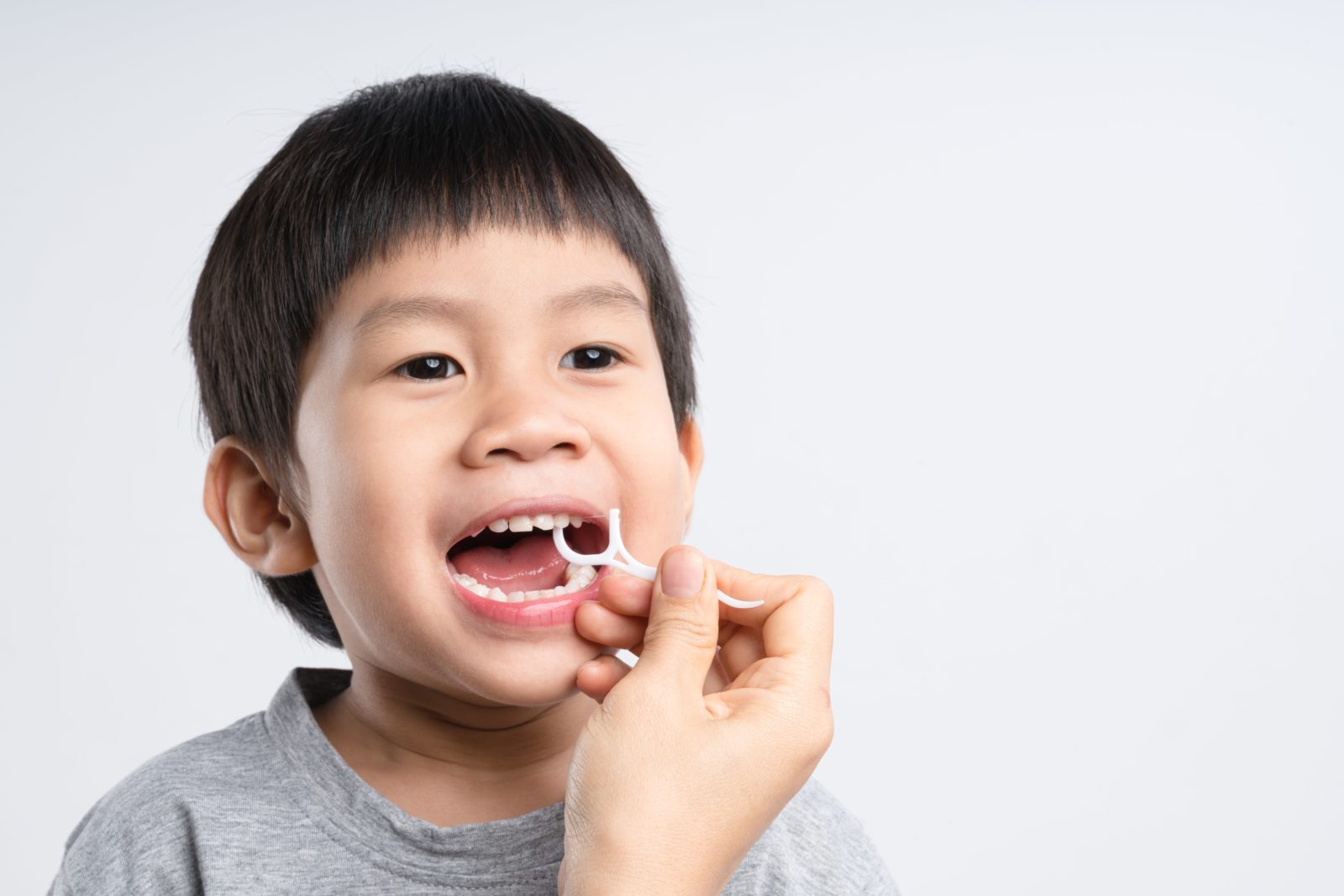
Another reason why it is helpful for you to floss with your child is so that you can take over if your child starts struggling or is making mistakes that could harm their oral health. It is important to correct their flossing technique as soon as you notice problems, otherwise it may become a habit to floss incorrectly. If your child is making a mistake, calmly ask for the floss so that you can show them the right way, then ask them to show you how to do it.
Use Positive Reinforcement
It is never a good idea to scare your child into flossing by threatening them with trips to the dentist. Not only will this encourage dental anxiety, but it will give them a negative association with flossing. Instead, try using positive reinforcement through an incentive system where they get rewarded for things like brushing, flossing, and going to the dentist. This makes their dental hygiene routine more like a game and less like a chore.

